socket.io provides real-time two-way communication based on events, so the following article mainly introduces relevant information about socket.io, and mainly introduces the basic knowledge of learning socket.io. Friends who need it can refer to it. Below Let’s take a look together.
Preface
Real-time data transmission between the Web client and the server is a very important requirement, but at the earliest it can only be passed AJAX polling implementation. Before the WebSocket standard was introduced, AJAX polling was the only feasible way (it was also possible through the Flash browser, but we will not discuss it here). The principle of AJAX polling is to set a timer to synchronize server data through AJAX at regular intervals. This method involves delays and places a heavy load on the server. It wasn't until 2011 that the IETF standardized WebSocket, a protocol for sending and receiving data based on TCP sockets. Nowadays, all major browsers support WebSocket.

socket.io separates the data transmission part to form engine.io. Engine.io encapsulates WebSocket and AJAX polling to form a set of APIs. It shields detail differences and compatibility issues, and realizes cross-browser/cross-device bidirectional data.
socket.io is not necessary for engine.io. You can also implement your own engine.io and bind it through server.bind
Application
Real-time data analysis display (reports, logs)
Instant messaging, chat,
Binary stream (picture, music, video) transmission
Multi-person collaborative editing
Instant Message push
Similar technology
AJAX polling: AJAX polling based on XMLHttpRequest
AJAX long polling: Similar to polling, the server does not return a response after the client requests it until there is data that needs to be transmitted to the client. After the data is transmitted The client initiates a new request. The disadvantage is that additional HTTP headers need to be transmitted, and it also requires some extra work to keep the request from responding.
HTTP stream: Similar to AJAX long polling, the server response will bring the HTTP header:
Transfer-Encoding: chunked, after returning the data to the client The client does not need to initiate a new request. The disadvantage is that the data between each chunk is difficult to identify and process.Plug-ins: Similar to Flash and Silverlight, as plug-ins are increasingly rejected by mainstream browsers and users
Here are the different angles Analyze each technology
One-way/two-way
-
One-way: AJAX polling, AJAX long polling, HTTP streaming
Two-way: WebSocket, Plug-in
Delay
Summary
socket.io encapsulates WebSocket. If WebSocket is not supported, it also provides downgraded AJAX polling, which is fully functional. , elegantly designed, is the perfect way to develop real-time two-way communications.The above is the detailed content of Introduction to socket.io learning tutorial in node.js (1). For more information, please follow other related articles on the PHP Chinese website!
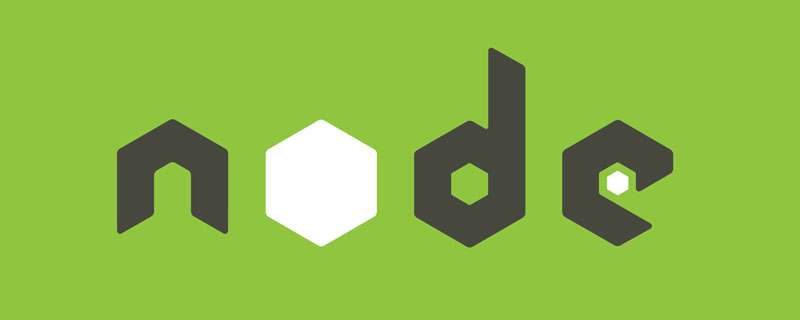 Vercel是什么?怎么部署Node服务?May 07, 2022 pm 09:34 PM
Vercel是什么?怎么部署Node服务?May 07, 2022 pm 09:34 PMVercel是什么?本篇文章带大家了解一下Vercel,并介绍一下在Vercel中部署 Node 服务的方法,希望对大家有所帮助!
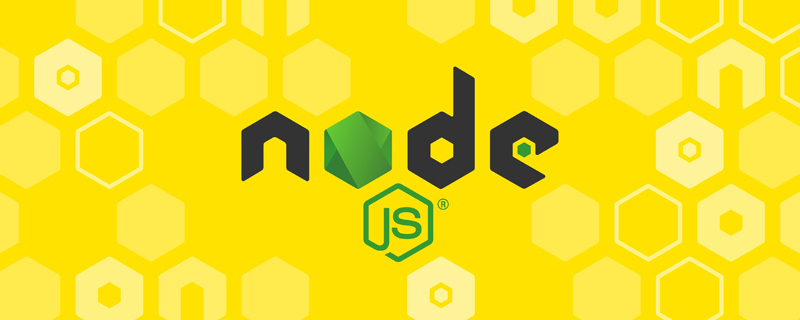 node.js gm是什么Jul 12, 2022 pm 06:28 PM
node.js gm是什么Jul 12, 2022 pm 06:28 PMgm是基于node.js的图片处理插件,它封装了图片处理工具GraphicsMagick(GM)和ImageMagick(IM),可使用spawn的方式调用。gm插件不是node默认安装的,需执行“npm install gm -S”进行安装才可使用。
 一文解析package.json和package-lock.jsonSep 01, 2022 pm 08:02 PM
一文解析package.json和package-lock.jsonSep 01, 2022 pm 08:02 PM本篇文章带大家详解package.json和package-lock.json文件,希望对大家有所帮助!
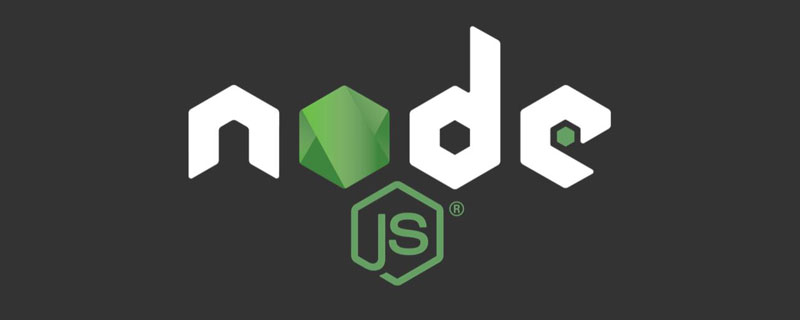 怎么使用pkg将Node.js项目打包为可执行文件?Jul 26, 2022 pm 07:33 PM
怎么使用pkg将Node.js项目打包为可执行文件?Jul 26, 2022 pm 07:33 PM如何用pkg打包nodejs可执行文件?下面本篇文章给大家介绍一下使用pkg将Node.js项目打包为可执行文件的方法,希望对大家有所帮助!
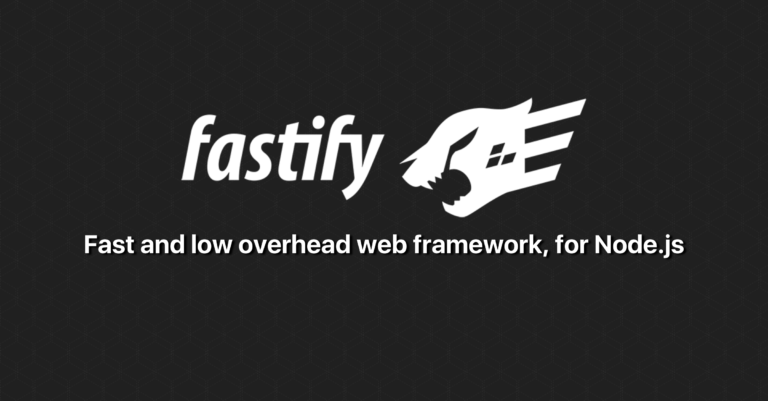 分享一个Nodejs web框架:FastifyAug 04, 2022 pm 09:23 PM
分享一个Nodejs web框架:FastifyAug 04, 2022 pm 09:23 PM本篇文章给大家分享一个Nodejs web框架:Fastify,简单介绍一下Fastify支持的特性、Fastify支持的插件以及Fastify的使用方法,希望对大家有所帮助!
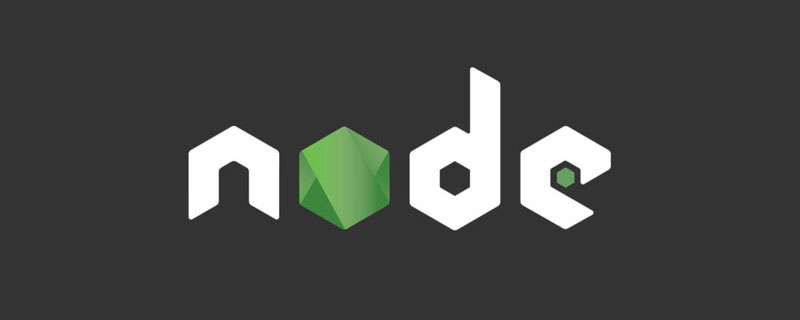 node爬取数据实例:聊聊怎么抓取小说章节May 02, 2022 am 10:00 AM
node爬取数据实例:聊聊怎么抓取小说章节May 02, 2022 am 10:00 AMnode怎么爬取数据?下面本篇文章给大家分享一个node爬虫实例,聊聊利用node抓取小说章节的方法,希望对大家有所帮助!
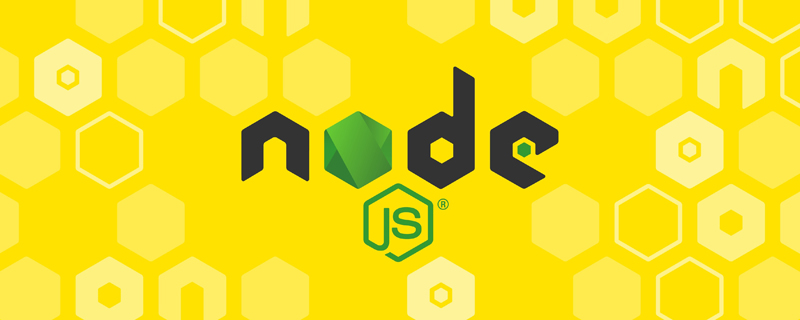 手把手带你使用Node.js和adb开发一个手机备份小工具Apr 14, 2022 pm 09:06 PM
手把手带你使用Node.js和adb开发一个手机备份小工具Apr 14, 2022 pm 09:06 PM本篇文章给大家分享一个Node实战,介绍一下使用Node.js和adb怎么开发一个手机备份小工具,希望对大家有所帮助!
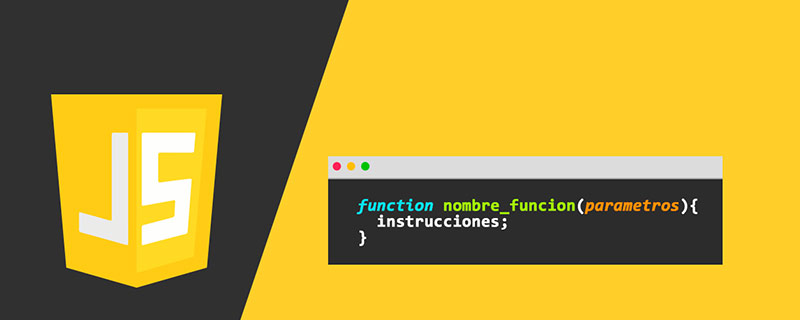 图文详解node.js如何构建web服务器Aug 08, 2022 am 10:27 AM
图文详解node.js如何构建web服务器Aug 08, 2022 am 10:27 AM先介绍node.js的安装,再介绍使用node.js构建一个简单的web服务器,最后通过一个简单的示例,演示网页与服务器之间的数据交互的实现。


Hot AI Tools

Undresser.AI Undress
AI-powered app for creating realistic nude photos

AI Clothes Remover
Online AI tool for removing clothes from photos.

Undress AI Tool
Undress images for free

Clothoff.io
AI clothes remover

AI Hentai Generator
Generate AI Hentai for free.

Hot Article

Hot Tools

SublimeText3 Linux new version
SublimeText3 Linux latest version

WebStorm Mac version
Useful JavaScript development tools

Dreamweaver CS6
Visual web development tools

SAP NetWeaver Server Adapter for Eclipse
Integrate Eclipse with SAP NetWeaver application server.

SublimeText3 Chinese version
Chinese version, very easy to use






